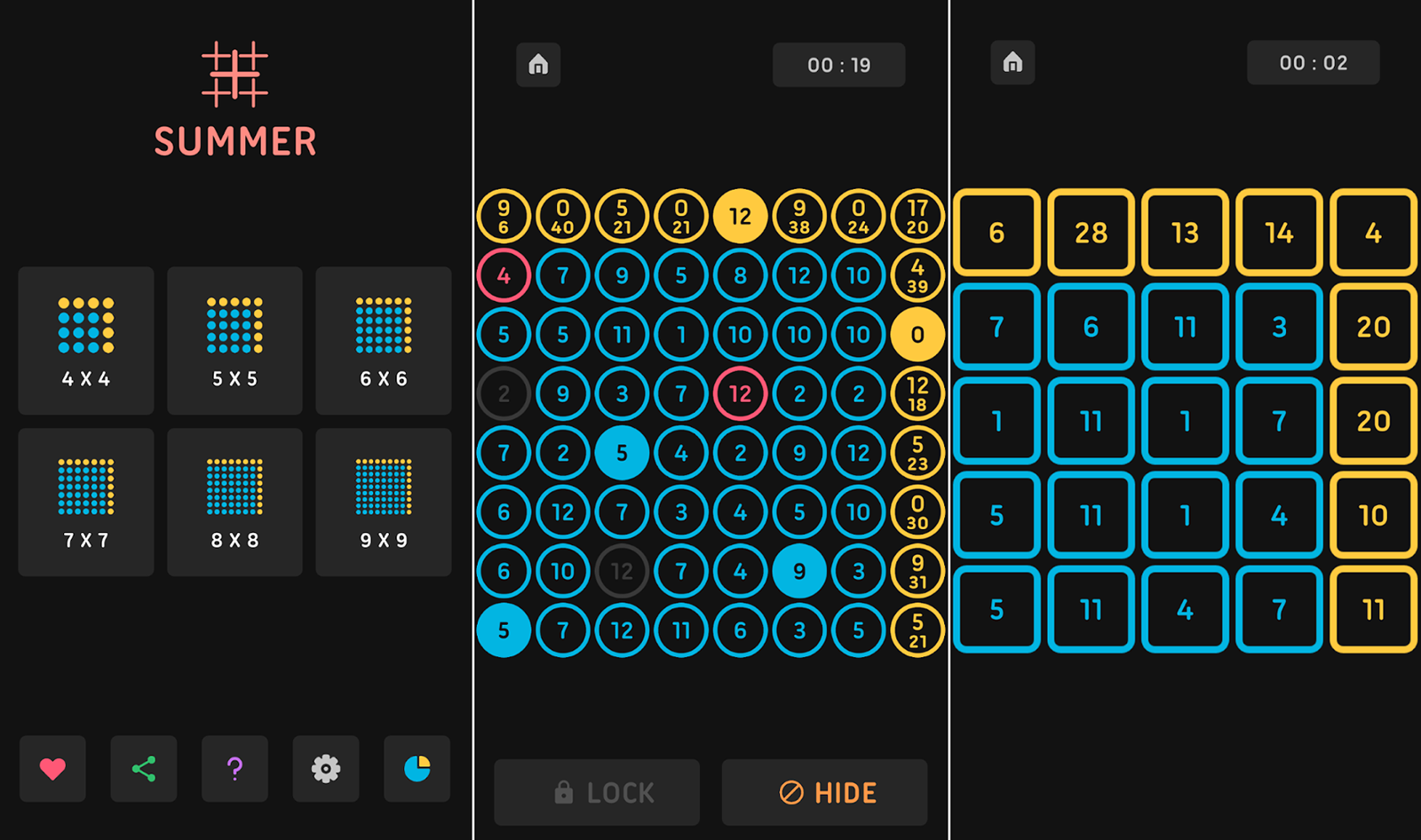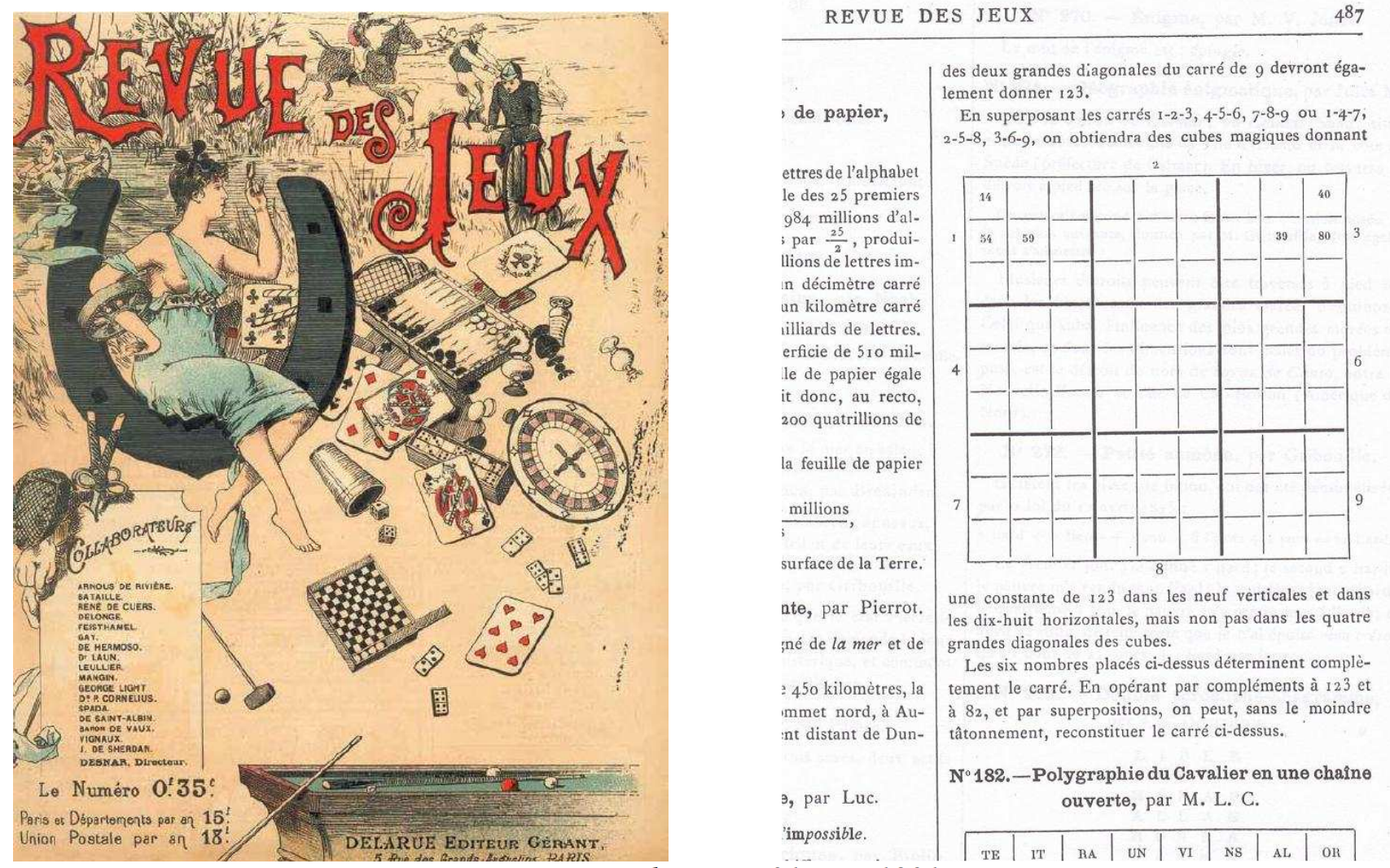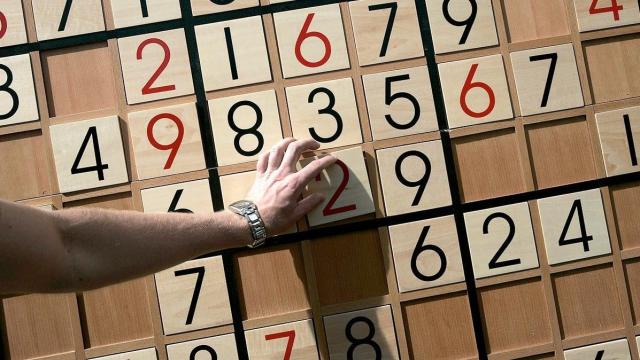If you’re into numerical puzzles, you may have heard of Sumplete, a Sudoku-style game supposedly invented by ChatGPT with help from a programmer named Daniel Tait. However, as the game made the rounds online in recent days, many started questioning whether it was truly an original game created by the Open AI chatbot. The answer is complicated.
Several fans of these puzzle games, including some readers of Gizmodo, quickly pointed out that Sumplete is basically identical to two games that have been available in Apple and Google’s app stores for some time now. One of those games is Summer, which has been available in Google’s Play Store since 2020. Summer’s rules are the same as Sumplete’s. The goal is to eliminate numbers on a grid until you reach the target sum in every row and column.

But Summer wasn’t an original idea, either. In fact, Summer was likely based on Rullo, an identical game that’s been available on the App Store since 2019. Does this mean that Summer copied Rullo and that ChatGPT copied both of them and then had the gall to tell Tait that it was an entirely new game? Well, not exactly.
Summer and Rullo aren’t the first numerical puzzle games of their kind
As it turns out, Summer and Rullo are simply mobile versions of a traditional paper game known as Kakuro. In fact, RP Apps and Games, the small studio that developed Summer, explicitly states on its Google Play page that its app is based on Kakuro. When it comes to Kakuro, well, that’s a copy, too. According to The Art of Puzzles, a blog by puzzle creator Grandmaster Puzzles, Kakuro is the Japanese name for a game originally called Cross Sums. The name “Kakuro” is an abbreviation of the phrase “Kasan Kurosu,” which literally means “cross sums” in Japanese.
Meanwhile, the creation of Cross Sums is attributed to a Canadian named Jacob E. Funk in the 1950s. At that time, Funk worked at Penny Press, the publisher behind the Dell magazines, which are some of the most popular puzzle publications in the U.S. Cross Sums arrived in Japan in the 1960s and became the top puzzle in the country until the arrival of Sudoku in the 90s.

Does that mean that Funk is the real creator of the game that ChatGPT baptized as Sumplete? Again, probably not. Funk’s job was to create puzzles, and some believe he looked at traditional crossword puzzles and other existing numerical games for inspiration. One study published in 2006 in the magazine Pour la Science revealed that grid-based numerical puzzles had already appeared in Parisian gazettes, such as Le Siècle, at the end of the 19th century. Those simple maths puzzles are the origin of both Cross Sums and Sudoku and are similarly based on the Magic Square game, a type of puzzle which can be traced to 190 B.C. in China.
Did ChatGPT copy Summer and Rullo?
All in all, pointing out that Sumplete is very similar to many other numerical grid puzzles is like pointing out that a fried chicken recipe invented by ChatGPT is very similar to all of the other fried chicken recipes that already exist. It’s obvious. Should ChatGPT have said that it invented an entirely new game with Sumplete? No, but that’s not the most important issue here.
The most fascinating thing about all of this is figuring out how exactly ChatGPT managed to create something like Sumplete, which brings us to a new question. Is this AI capable of creating a new type of puzzle game, or is it only capable of copying other games?
The difference is important because the question is full of ethical considerations. In an interview with Digital Trends, Tait, the programmer who helped ChatGPT create the game, complained about the confidence the chatbot demonstrated when it told him that it had invented a new game.
“My main concern is that ChatGPT confidently told me that it had invented a new game,” Tait told the outlet.
So, finally: Did ChatGPT copy the mechanics of Summer and Rullo or did it come up with exactly the same game by simply basing itself off variations of earlier puzzles like the Magic Square? It’s hard to know for sure, but right now I think we should give the AI the benefit of the doubt. After all, it was able to write the basic code for Sumplete in HTML and Javascript so the puzzle would work. Just for that, it’s proven to be a valuable tool for many programmers — in these relatively simple tasks, at least.
Tait points out that the Sumplete copying incident underscores the importance of transparency in AI.
“I feel the model should be trained to be less confident in these types of answers, or unable to answer at all,” Tait said, according to Digital Trends. “I would have much preferred an answer that this game was inspired by Summer or Rullo if that is truly how it came up with the idea.”
It would be great if ChatGPT and other generative AI models were completely transparent when it comes to citing the sources or inspiration they’re using for every answer, like a human being would. Maybe that would reveal the hidden mechanism behind this AI magic trick that’s set the internet ablaze.
Gizmodo reached out to OpenAI for comment on the Sumplete situation and also asked the company how it was planning to improve transparency for its popular chatbot. We’ll update this post if we hear back.
